When I look back, I don’t know how the hell we ever did that film.
-John Frankenheimer on Grand Prix
I was born on August 20, 1962, at Sutter Memorial Hospital in Sacramento, California. I grew up on Le Mans Avenue, no doubt named after the 24 Hours of Le Mans.
Faced with impending layoffs at Aerojet General, in late January 1967, my dad, mom, three brothers, a sister, two cats, one dog, and I loaded up in our 1967 brown Ford station wagon and left California for Minnesota, where my dad had taken a job at Minnesota, Mining & Manufacturing - more commonly known as 3M.
We arrived in St. Paul on February 1, 1967, however, when we pulled into the driveway of the house that my dad had found for us in the southern suburb of Inver Grove Heights, it was closed up. The landlady found out a family from California had leased the house and said, “No damn way some family from California is going to live here.” So much for Minnesota Nice.
We took up residence at a Ramada Inn off White Bear Avenue just north of Highway 94. It probably looked like this, but with 4 feet of snow on top and around it:
We stayed in two rooms with a door connecting them while my dad looked for a house to rent. So it was seven people and three animals in those two rooms for a month.
Needless to say, it is cold in Minnesota in February. All our furniture and clothes were in storage since we could not move in anywhere. During the work week, my dad took the car to 3M, so we all stayed in the hotel. We spent most of our time in the pool while mom washed our clothes in the bathtub. We ate all our meals at the hotel restaurant.
The first weekend at Ramada Inn my dad took us all to see John Frankenheimer’s new film Grand Prix:
It was playing at the Cooper Theater at 5755 Wayzata Blvd. in St. Louis Park:
With the Cooper Theater in Denver and Indian Hills Theater in Omaha, the Cooper in St. Louis Park was one of only three in the country to be specially outfitted for “Super Cinerama”. The Cooper’s screen was a 35-foot-high by 105-foot-wide curved sensation. Imaging watching this scene filmed at the 1966 Monaco Grand Prix on that screen with surround-style audio:
My dad finally found a house to rent. It was at 838 Fremont Avenue East in Dayton Bluffs in St. Paul. I stayed home with my mom and my brothers and sister went off to school three blocks away at Van Buren School for the tail end of the school year:
In June 1967 we finally moved into a house my dad had built in White Bear Lake - the whirlwind was over and we settled into our new home.
One thing John Frankenheimer and I have in common is we love fast cars.
As a kid, perhaps as a result of that movie, I was obsessed with Hot Wheels and made crazy race tracks throughout the basement. I still have my favorite car - the Lotus BRM:
When I got out of the service and moved to California I sold my 1984 CJ-7 Jeep for my first muscle car. It was a 1968 Chevy Malibu that looked like this but was black on black with killer knock-off hub caps:
It was bitchin’. But I got greedy for a big block and sold it for a 1970 Chevelle SS that looked like this. I loved that crazy cowl induction.
Truth be told, I liked the ‘68 Malibu better with the bench seats and column shifter - and no catalytic converter. Anyway, I sold the SS for a white 1979 Triumph Spitfire that looked like this - complete with luggage rack and strap-on picnic basket:
The coolest thing about the Spitfire was that it came with a snap-on tonneau cover with a zipper down the middle, which was great for the foggy Monterey Bay mornings:
That was a great car, however it burned up in a late 1990s barn fire in Ohio. Oh well.
Frankenheimer’s Grand Prix was an amazing film, a visual masterpiece. It follows the story of four Formula One drivers through a fictionalized version of the 1966 Formula One series. Races were filmed at Monaco, Clermont-Ferrand in France, Circuit da Spa-Francorchamps in Belgium, Zandvoort in the Netherlands, Brands Hatch in England, and Monza in Italy. It was in the top 10 highest-grossing films in 1966 and won three Academy Awards for technical achievements.
Frankenheimer had to use connections to Grand Prix drivers like Carroll Shelby and former 1961 Grand Prix World Champion Phil Hill to break through the reluctant European establishment dominated by Enzo Ferrari. Through these connections, Frankenheimer arranged for the film’s opening race scene at Monaco to be privately screened for Mr. Ferrari. He loved it and even opened up the inside of his Ferrari factory for the first time to a filmmaking crew.
Grand Prix opened the door for the American public to the wonders and thrills of racing at the limits of man-made speed and ingenuity. The film also tried to express the real-life camaraderie within the family of racers, who were both close friends and fierce rivals that traveled together by caravan from town to town and country to country for six months straight. It was a tight fraternity that shared a dangerous love for racing the unique Grand Prix series.
To get some idea of what it was like to race at Monaco, here’s Ayrton Senna’s onboard camera film of a 1989 qualifying lap:
As you can see, racing was not for the cautious or faint of heart - it was extremely dangerous. To win you needed to drive at the limit. During the film’s wonderful first scene at the Monaco Grand Prix, a racer’s voice comes over the sound of the cars: “You sit in a box. A coffin. Gasoline all around you. It is like being inside a bomb.”
One of the more ominous aspects of the film is that it includes real racing footage and cameos by many Formula One racers. In particular, it features among others two Grand Prix World Champions Jim Clark (1963 & 1965) and Joachim Rindt (1970), Grand Prix World Champion runner-up (1960) Bruce McLaren, and 24 Hours of Le Mans Champion (1963) Lorenzo Bandini. Unfortunately, all four racers would die in tragic car crashes within four years: Bandini on May 10, 1967, at the Monaco Grand Prix; Clark on April 7, 1968, at Hockenheimring in Baden-Württemberg, West Germany; McLaren on June 2, 1970, at Goodwood Circuit in England; and Rindt on September 5, 1970, at the Italian Grand Prix at Monza.
Maurice Jarre, three-time Academy Award winner for Lawrence of Arabia (1962), Doctor Zhivago (1965), and A Passage to India (1984), composed the score for Grand Prix. It is not my favorite - the best sounds of the movie come undoubtedly from the race cars! However, I like this one which has a Herbie Mann feel:
Here’s one more for the road. French jazz musician Barney Wilen was a huge Formula One fan. He journeyed to the 1967 Grand Prix at Monaco to tape-record the race. However, running second to Denny Hulme on the 82nd lap, Bandini lost control of his car at the harbor chicane and suffered a horrific crash. He died from his injuries a few days later. Wilen honored Bandini in his 1968 album Auto Jazz - Tragic Destiny Of Lorenzo Bandini, by integrating the race audio tape into his musical composition.
Originally conceived as a multimedia event, it premiered at the Musée d’Arte Moderne in Paris; after which Wilen was invited to perform the work at Manhattan’s New York University in front of an audience that included Rauschenberg, Warhol, and Ginsburg.
From the album, here is the 5th and final movement, Canyon Sounds and Destiny, which reflects the sense of impending doom and an otherworldly harbinger of death. Underneath the audio maelstrom of Beb Guerin’s bowed bass and Eddy Gaumont’s drums, the music settles and ends with the anguished yet subtle cries of “Bandini! Bandini!”
This is truly a masterpiece in modern music. I find the entire album fascinating. For more information about Barney Wilen, I wrote about him here:
Grand Prix is a landmark in filmmaking. Whether you saw it in Super Panavision in 70mm Cinerama on the big screen or in basic 35mm at your local theater, it was a thrill. A former amateur race car driver himself, Frankenheimer approached this film with genuine enthusiasm. In Gerald Pratley's The Cinema of John Frankenheimer, he admitted, “I'm not saying it's my best film. But it is certainly one of the most satisfactory films I’ve made...to be able to indulge your fantasies with ten-and-a-half million dollars is, I think, marvelous.” It certainly was.
Next week on that Big River called Jazz, we’ll dig our paddles into the waters of Stanley Clarke.
Please hit this link to buy me a cup of coffee, if you’d like to show your guide some appreciation for this and past journeys. Know in advance that I thank you for your kindness and support.
If you like what you’ve been reading and hearing so far on our journey and would like to share this with someone you think might be interested in learning more about our great American art form: Jazz, just hit the “Share” button.
From Astaire to Sun Ra: A Jazz Journey is a reader-supported publication. If you feel so inclined, subscribe to my journey by hitting the “Subscribe now” button.
Also, find my playlist on Spotify: From Fred Astaire to Sun Ra.
Feel free to contact me at any time to talk shop. I welcome and encourage that.
Until then, keep on walking….

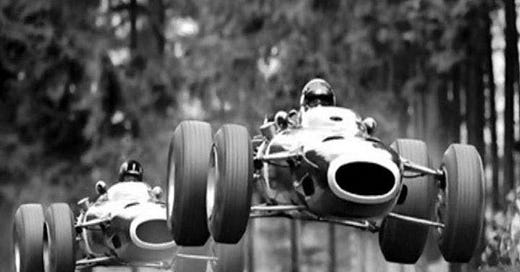



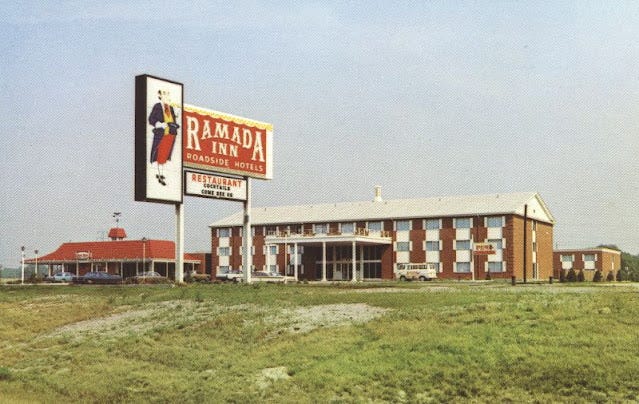

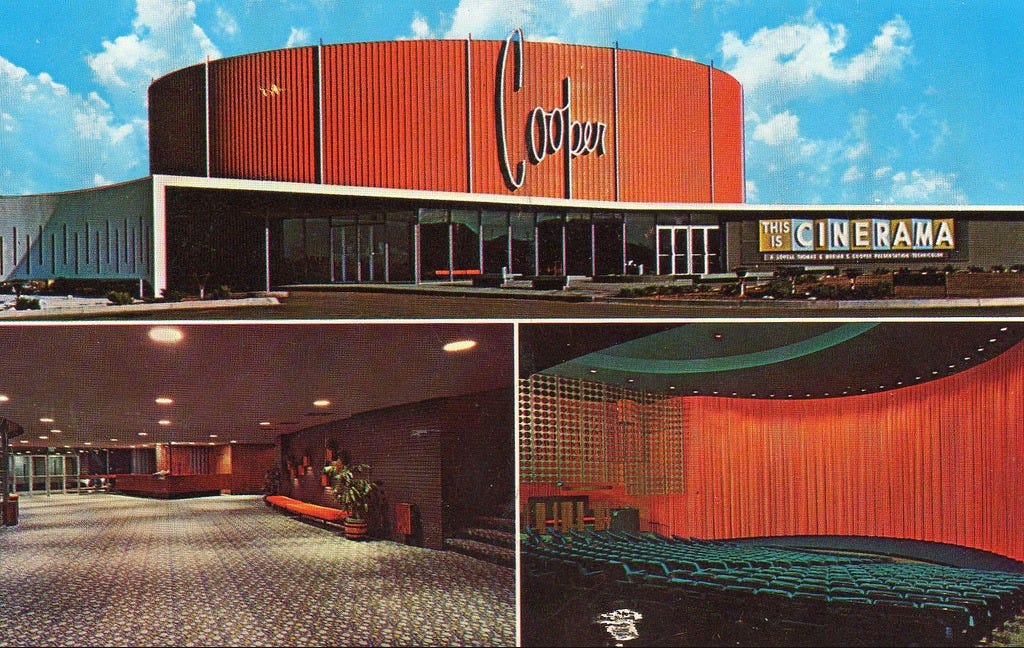
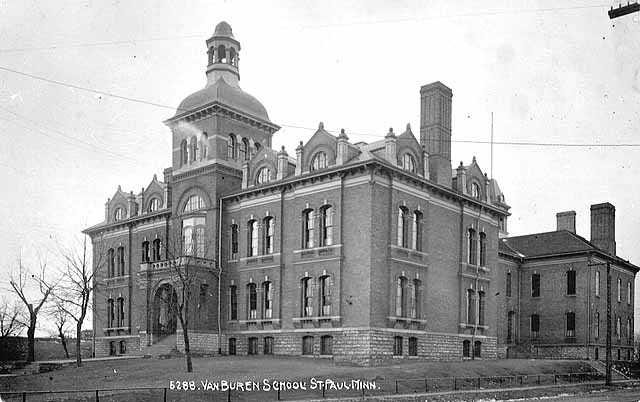

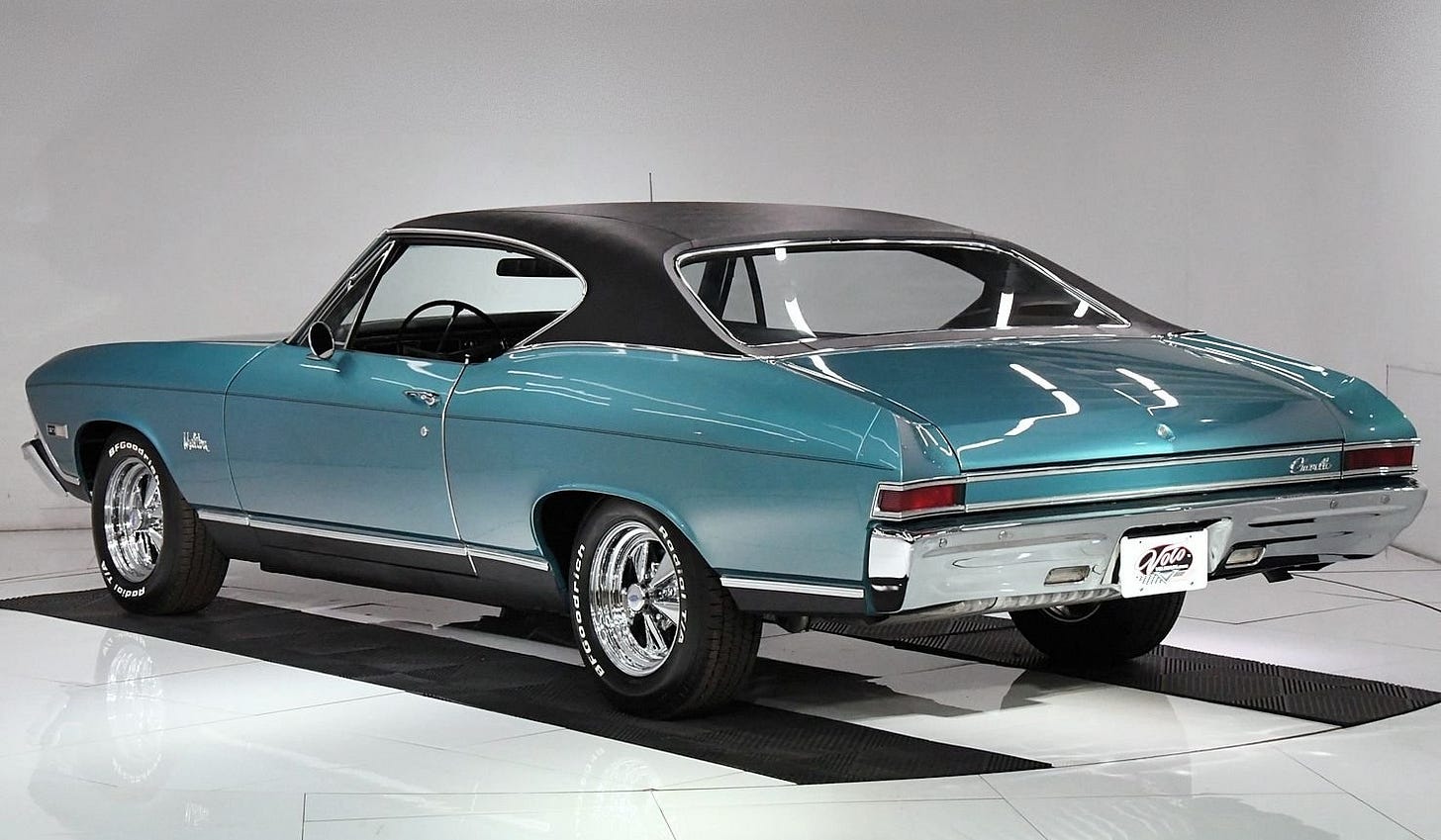
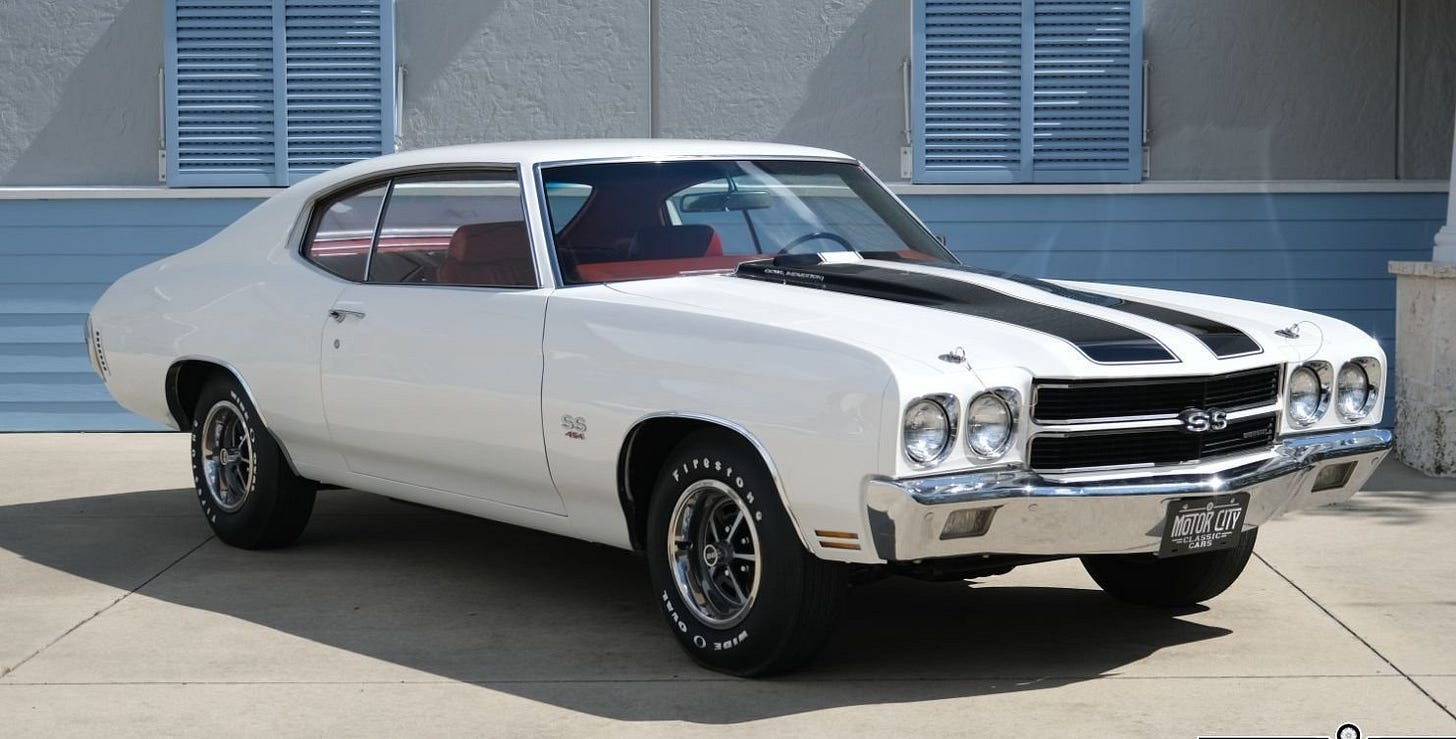
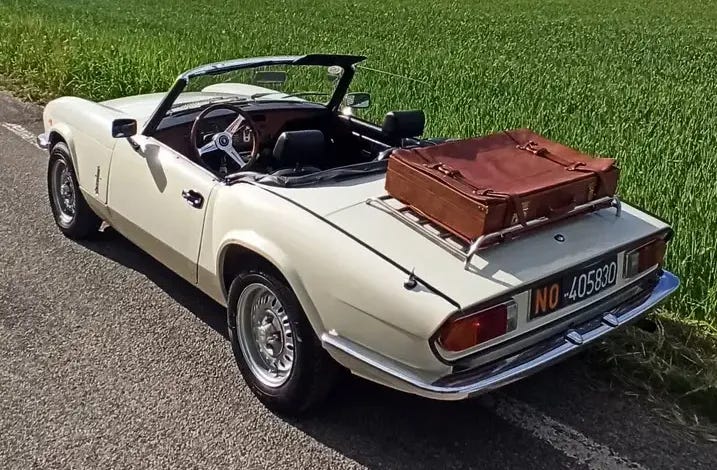
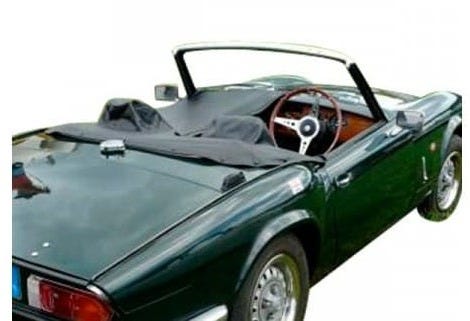

Great post. One of the most interesting movie theaters I have ever seen. Grand Prix is a great film. I am probably biased because I love F1, & the film stars Oklahoma's own, James Garner. Speaking of F1, it's going to be fun in 2026 with the Andretti team & GM engines joining the fray.
I remember all of those places. The Cooper was a great place to see a movie. Saw Ice Station Zebra, 2001, lots of others there.